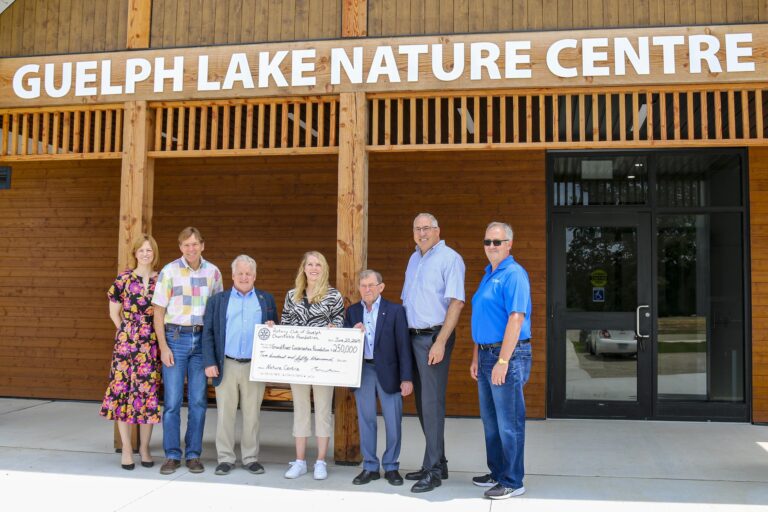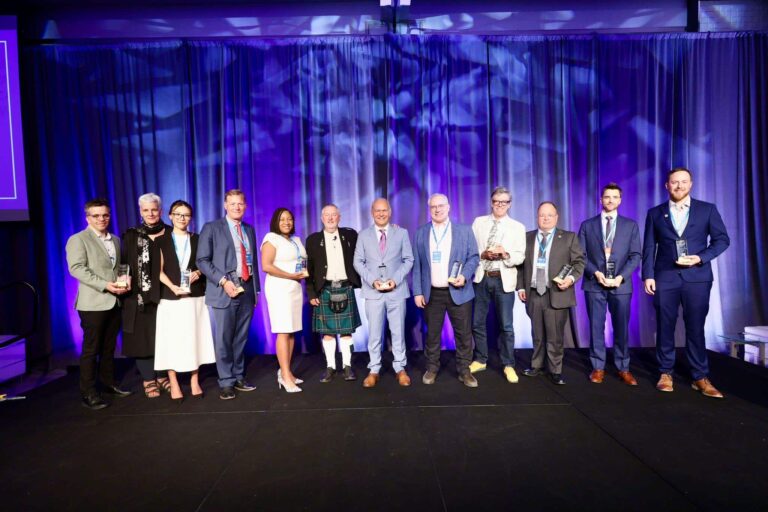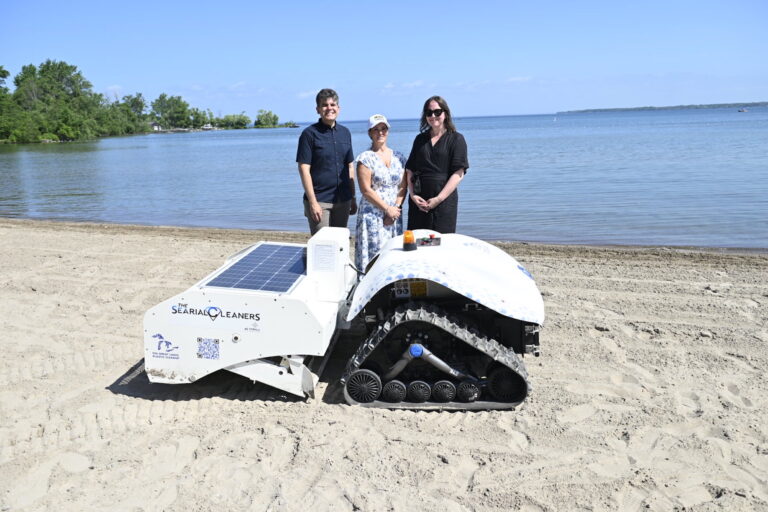Tuesday, July 1, 2025
Professor Vincenzo Pecunia of Simon Fraser University in Burnaby, British Columbia, has led a team of more than 100 internationally-recognized scientists in creating a comprehensive “roadmap” to guide global efforts to convert waste energy into clean power.
“With the rising global energy demand and the challenges posed by climate change, it is more urgent than ever to generate green energy to preserve our planet and sustain human development,” says Pecunia, lead author of the roadmap report.
“Energy harvesting materials present a promising opportunity to generate clean electricity, ultimately enhancing the energy efficiency of our daily lives and supporting our efforts to combat climate change. These materials have the ability to convert ambient energy from various sources including light, heat, radiofrequency waves (like those from Wi-Fi and mobile signals), and mechanical vibrations.”
To realize the full potential of energy harvesting technology, Pecunia and 116 leading experts from around the world have published their Roadmap on Energy Harvesting Materials in the Journal of Physics: Materials.
The roadmap pools expert perspectives on various types of energy harvesting, recent advances and challenges and also analyzes key performance metrics of these technologies in relation to their ultimate energy conversion limits. Building on these insights, it outlines strategies for future research to fully harness the potential of energy harvesting materials.
“This roadmap is the result of an unprecedented endeavour, marking the first time that such a large and diverse international network of energy harvesting experts—from America, Asia, Europe, and Oceania—have worked together to chart a course for the advancement of these technologies towards seamless integration into everyday objects and environments,” says Pecunia.
Smart systems are developing rapidly, making smart homes, smart cities, smart manufacturing and smart healthcare achievable. Sensors and systems are embedded in our daily lives through devices such as smartphones, fitness trackers and smart home assistant technologies. All of these operate as part of a wide network, known as the Internet of Things (IoT), that is constantly communicating and exchanging data.
“An area of tremendous potential involves using ambient energy harvesters to sustainably power the billions of sensor nodes being deployed for IoT,” explains Pecunia. “By providing an eco-friendly alternative to batteries (which face materials scarcity, toxicity, and waste issues), energy harvesters could sustainably power IoT sensors.”
The research group has made major contributions in this area, spearheading the generation of clean electricity from indoor light using printable semiconductors and their integration with printed electronics towards eco-friendly IoT sensors.
Collecting energy from ambient light, vibrations and radiofrequency waves is challenging due to their limited power density. “It’s essential to develop energy harvesting materials that can efficiently capture this energy and convert it to electricity,” he points out. “Another important priority is to develop energy harvesters that can be applied on all types of surfaces and objects, which requires energy harvesting materials that are mechanically flexible.”
The roadmap on energy harvesting technology is a united and global effort to help pave a path forward for researchers and leaders to help expedite the advancement of this research area.
“Our hope is to catalyze research efforts in energy harvesting research across multiple disciplines to ultimately deliver clean energy anywhere, anytime.”
Featured image: SFU professor Vincenzo Pecunia, lead author of “Roadmap on Energy Harvesting Materials,” showcasing a printable solar cell that can convert indoor light into electricity.
Content and image credit: SFU.











